
To travel with animals, the fundamental thing is to plan everything in advance. For international trips outside the European Union, find out at your veterinary clinic at least 3 months before.
What do I need to know to travel with my dog or cat. Here’s a quick guide to the most common requirements depending on the destination:
Domestic travel (Spain): to travel in Spain the rabies vaccine is required (except in Catalonia, Galicia and Euskadi). In addition, if the trip is by plane, we must attend to the specifications that each airline wants to put (always check it before).
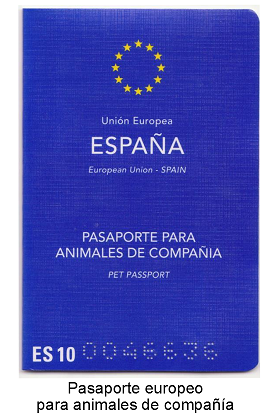 Travel within the European Union: a European passport is required that you can get at your veterinary center for about € 55, Rabies vaccine and internal and external deworming. Likewise, the veterinarian must indicate in the passport that the animal is in good health at the time of the examination.
Travel within the European Union: a European passport is required that you can get at your veterinary center for about € 55, Rabies vaccine and internal and external deworming. Likewise, the veterinarian must indicate in the passport that the animal is in good health at the time of the examination.
International travel outside the European Union: IMPORTANT always inform yourself before at the consulate of the country of destination, since outside the EU each country has its own legislation in this regard that, in addition, can change without prior notice to the Spanish authorities. Always inform yourself well in advance, as depending on the requirements that establishes the country of destination, we will have some deadlines that we must respect.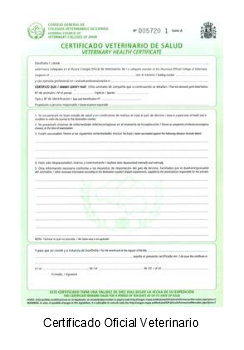
Always check if the country of destination has its own entry forms and if it requires rabies serology (blood test that certifies that the animal has responded appropriately to the vaccine). As a general rule, rabies vaccine, internal and external deworming and Official Veterinary Certificate (issued by your veterinarian) validated two days before at the departure airport are required.
For detailed information on each country, you can consult the page of the Ministry of Agriculture, Food and Environment:
Export of pets
THE CARE OF THE ANIMAL DURING THE TRIP
The dog on the plane:
Whenever possible, we should travel with the dog in the cabin. Airlines usually allow it up to a maximum of 6-8 Kg (carrier included). In addition ask the company what the maximum measurements of the carrier are.
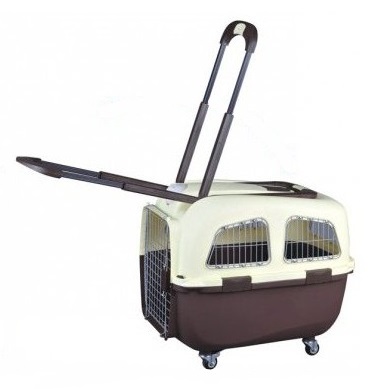
If you must travel in the hold, you must purchase an approved carrier. This should be high enough so that the animal can sit without problems. It is advisable to maintain about 6 hours of fasting before boarding, thus minimizing the risk of vomiting.
Make sure that the animal does not suffer from any serious health problems that could be life-threatening during the journey, especially heart and respiratory problems.
It is advisable to accustom the dog or cat to the carrier for a few weeks before. You can place the tranportín at home with the door open and introduce toys and food. The animal will stop seeing it as something strange and associate it with something positive.
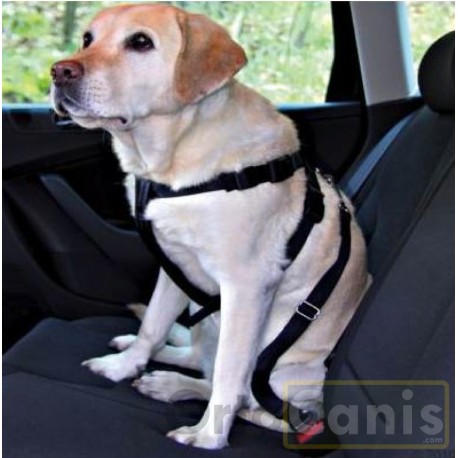
The dog in the car:
By car, the dog must travel in a carrier or with a seat belt. It is important to make stops every few hours to allow you to relieve yourself, drink water and cool off. Do not forget that its mechanisms to lower the temperature are less efficient than ours and could suffer heat stroke.
Medication:
Before giving any medication, we must consult with our veterinarian. Some animals travel very well without medication and others simply benefit from the administration of antiemetics (drugs that inhibit vomiting). But unfortunately there are many that require reassurance: there are from natural products to powerful sedatives, through anxiolytics. Some require administration from several days before the trip, so, again, plan well in advance.
Laura Pérez – Orthocanis Veterinarian


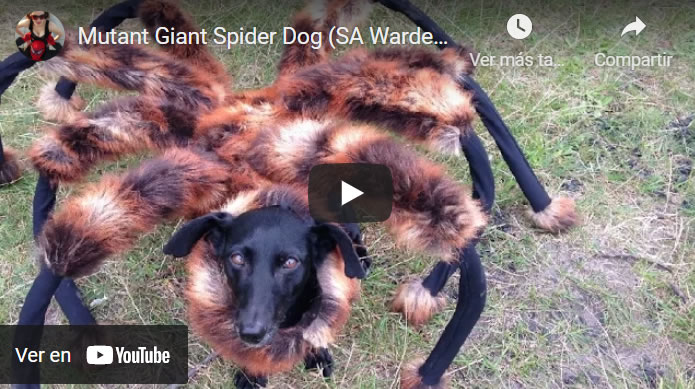

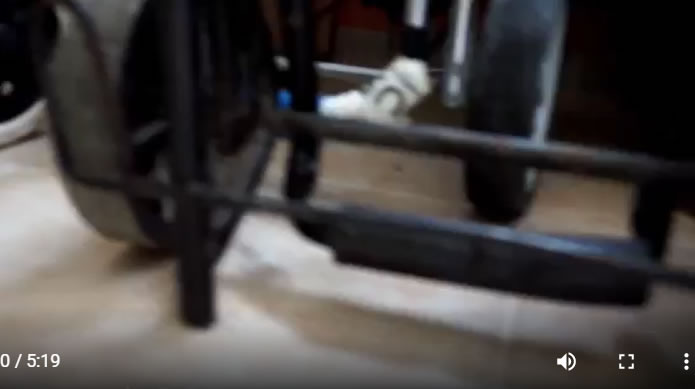

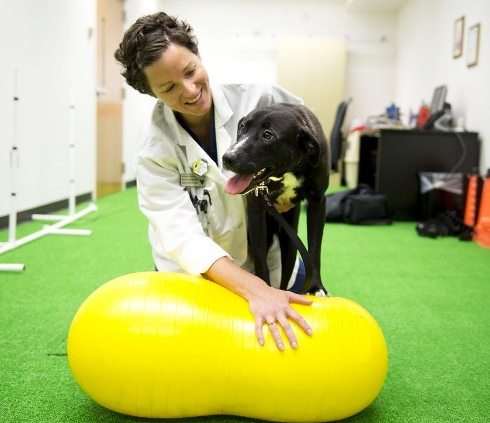
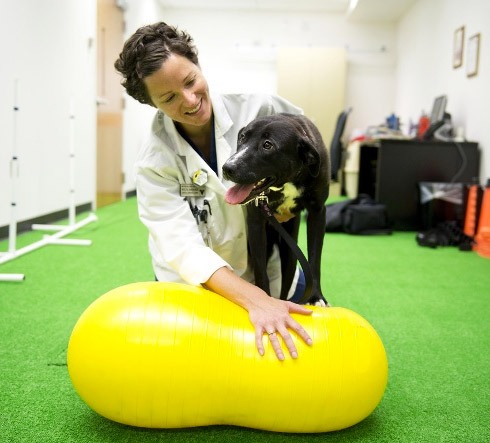

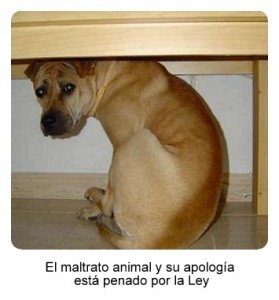

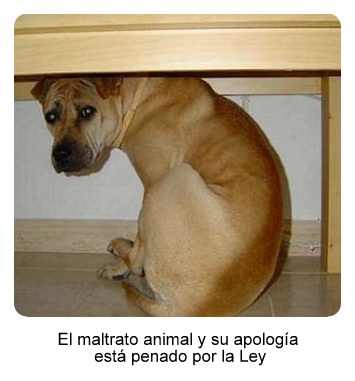
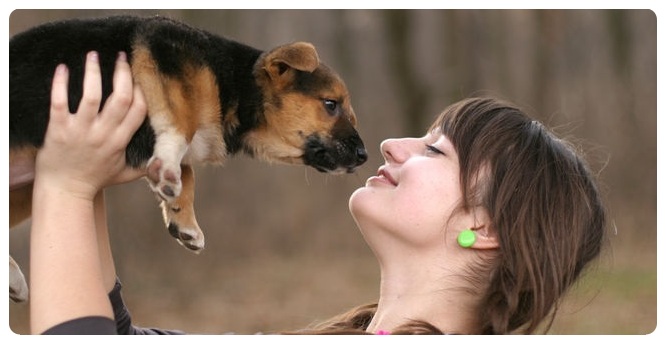

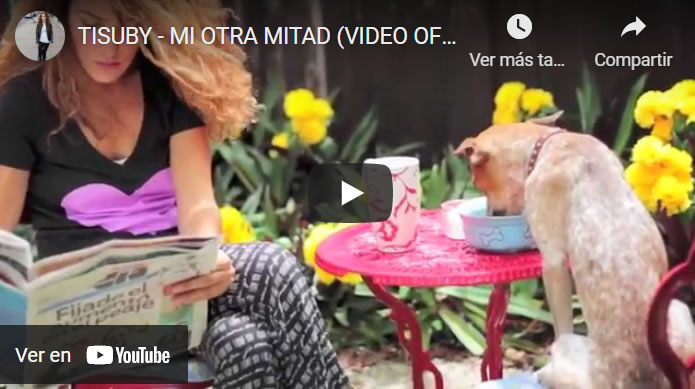

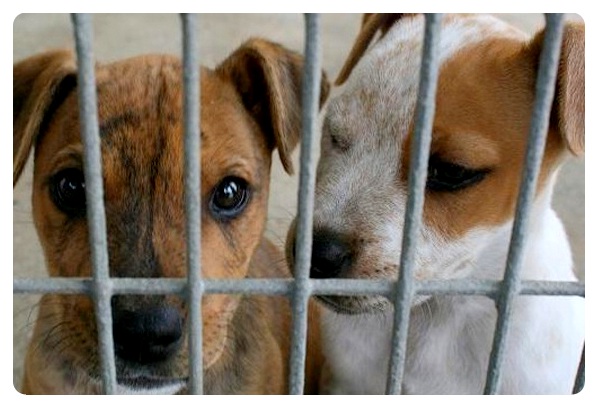

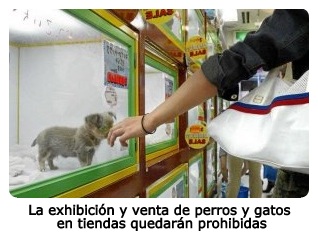
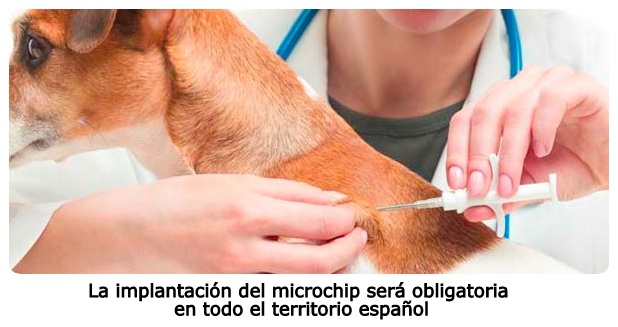
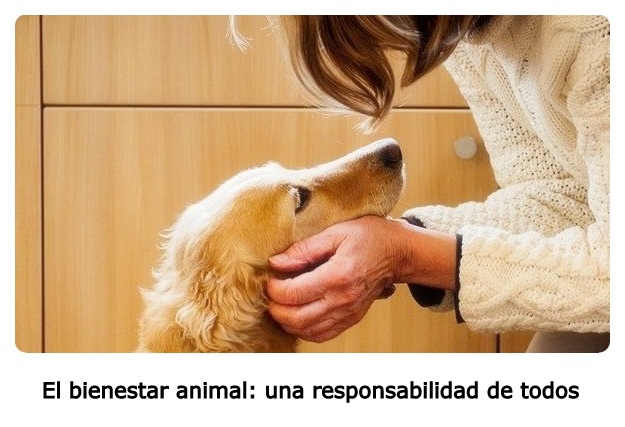

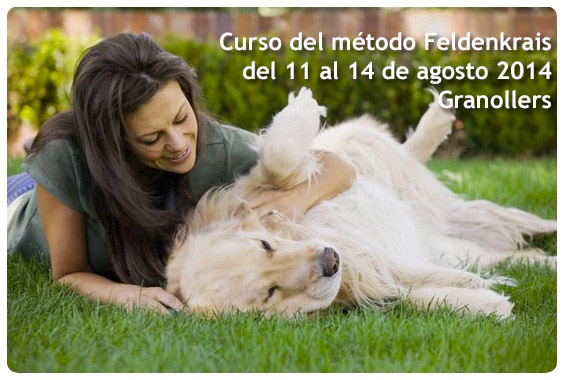




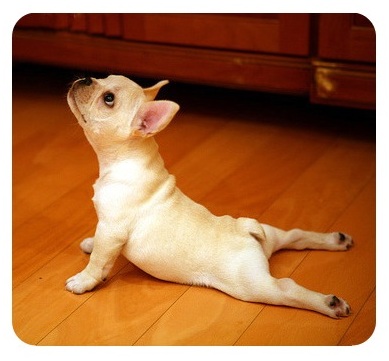


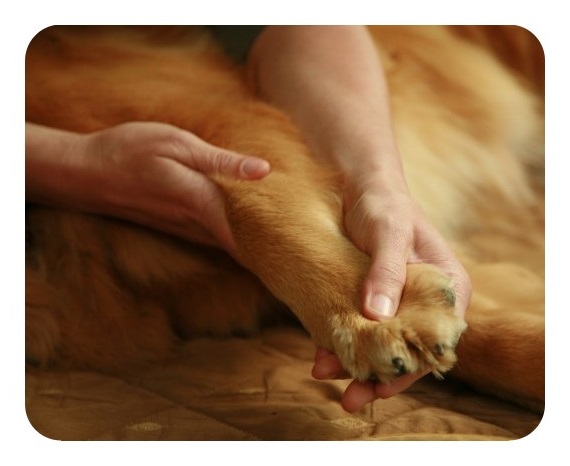



 Travel within the European Union: a European passport is required that you can get at your veterinary center for about € 55, Rabies vaccine and internal and external deworming. Likewise, the veterinarian must indicate in the passport that the animal is in good health at the time of the examination.
Travel within the European Union: a European passport is required that you can get at your veterinary center for about € 55, Rabies vaccine and internal and external deworming. Likewise, the veterinarian must indicate in the passport that the animal is in good health at the time of the examination.

